

About the synagogue
|
||
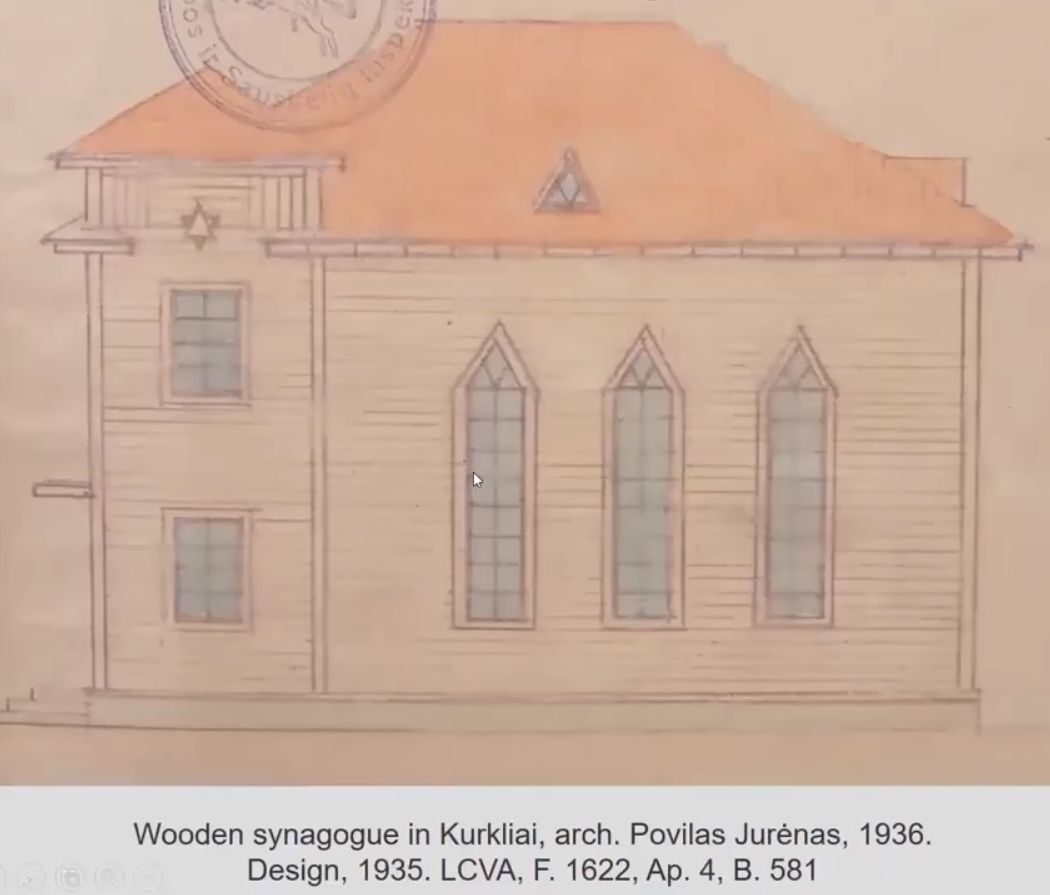 |
This was the design of the
synagogue,1935-1936 By Povilas Jurénas. *)
*)
Source:
https://www.youtube.com/watch?v=krKHvkY82IE
A
lecture on “The Land of Wooden synagogues” by Vladimir Levin. |
|
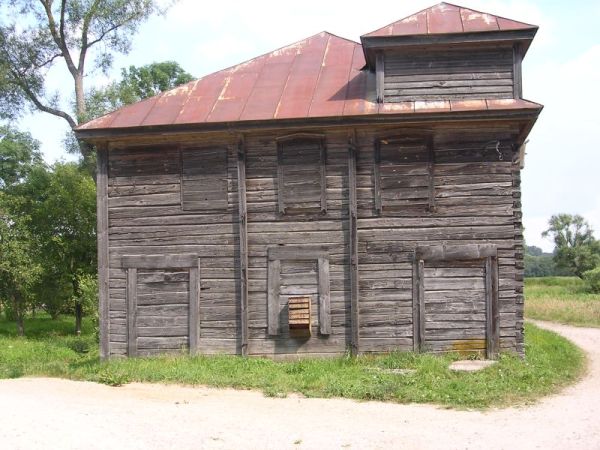 |
In 2004 (we visited the synagohgue for the first time) the windows are boarded up. | |
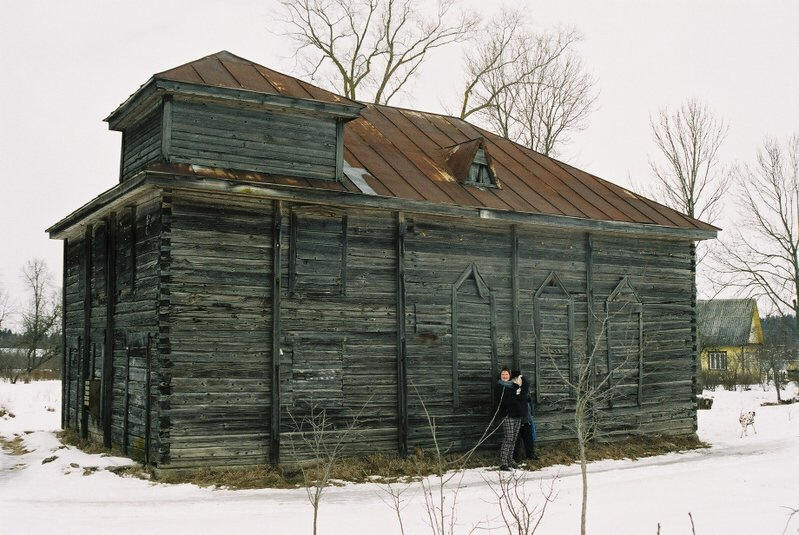 |
in winter ... | |
|
Although the interior of the synagogue has been destroyed, we can infer
the layout. Based on measurements of the building in Kurkliai, technical
plans were drawn by Mr.
P. Jurenas in
1935. He concluded that the synagogue was divided into two rooms, one
slightly larger than the other. The plans indicate a staircase to the
women’s balcony. In Kurkliai, as in other villages during the Soviet occupation, the synagogue was also used as a warehouse and storage building for cars, horses, pigs and other animals. |
||
| What makes the Kurkliai synagogue (in 2004) remarkable is that the inside has been cleaned. Angele Dudiene, a secondary school teacher, has become the village specialist in Jewish history. She teaches the subject in her classes. A compassionate person with considerable initiative, she took it upon herself to mobilize some of the townspeople and students to help clean up the synagogue. She made the villagers aware of the building as a religious institution. “This,” she says, “is reason enough to restore it.” During the cleaning she found old newspapers and documents, including some unspecified objects that she gave to the Vilna Gaon Jewish State Museum in Vilnius. | ||
|
For further reading: Click here (Cultural Heritage: The Wooden Synagogues of Lithuania by Joyce Ellen Weinstein) |
||
| In June
2020 the synagogue was completely renovated. We read the following ( sorce: https://www.lzb.lt/en/2023/06/15/renovated-wooden-synagogue-in-kurkliai-opens-doors/ ) Last weekend one of the few extant wooden synagogues in Europe opened its doors to visitors following renovation work. Last December Lithuanian Jewish Community chairwoman Faina Kukliansky signed an agreement with the Anykščiai Cultural Center: in exchange for renovation, the center will enjoy the use of the building for its activities. |
||
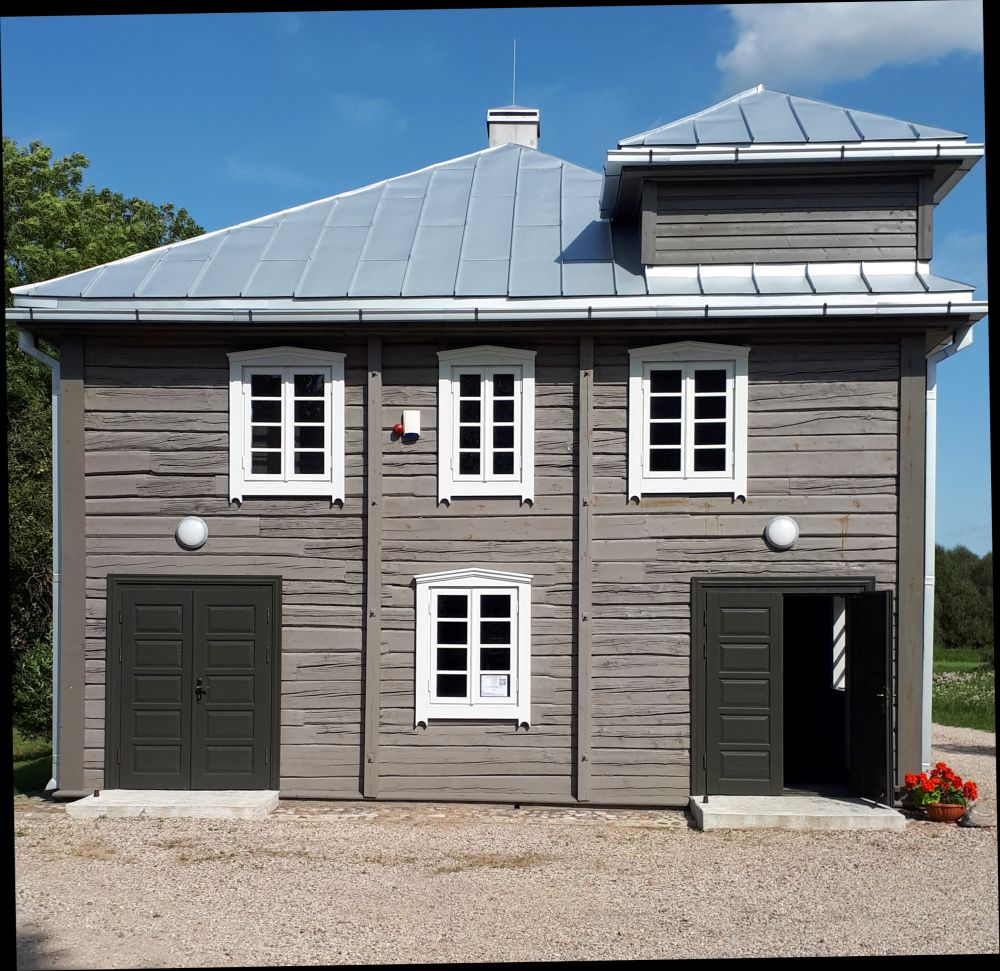 |
The renovated synagogue in 2023 | |
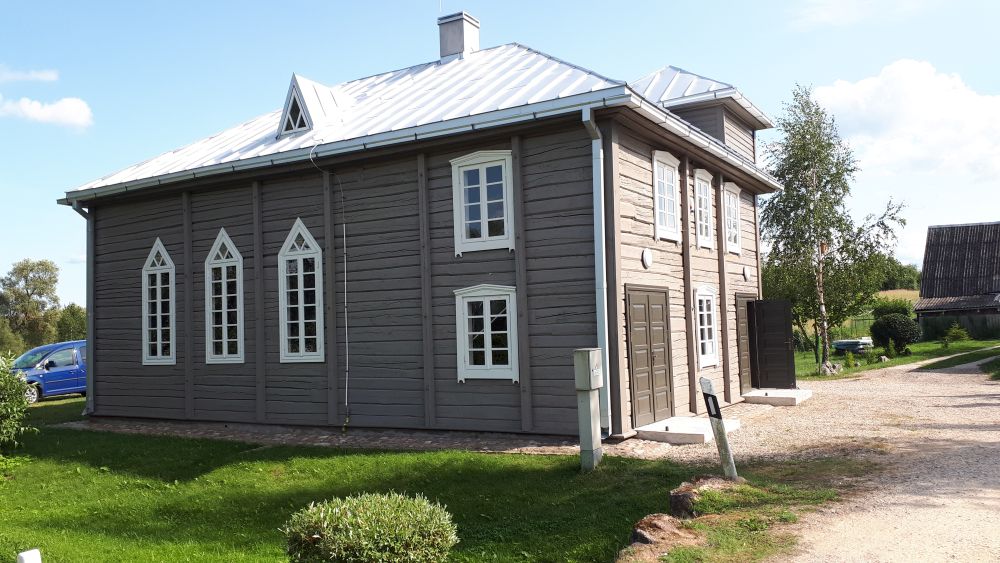 |
||
|
Nowadays The synagogue presents an exhibition of the works of the
world-class artist Arbit Blatas from the Lithuanian National Art Museum.
The pictures are about Jews in wartime. |
||
 |
self portrait of Arbit Blatas | |
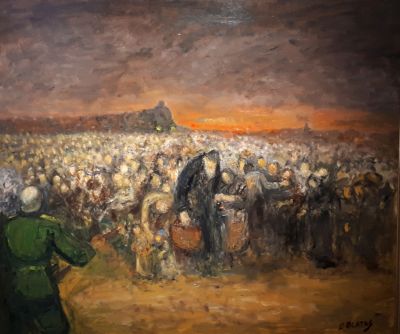 |
scene of the holocaust | |
 |
overview | |
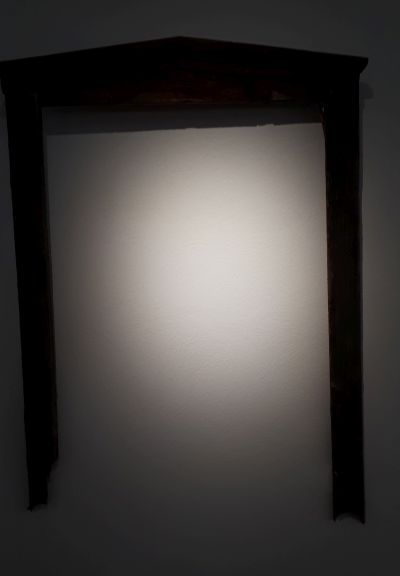 |
old piece of (probably a windowpane | |
Copyright © 2004
Dora Boom